.84" rain fell yesterday as of 7 pm.
72 F. maximum temperature in the Twin Cities Saturday.
58 F. average high on April 15.
77 F. high on April 15, 2016.
April 16, 1939:
A rain, snow, sleet and ice storm begins across southern Minnesota.
Despite many phone and power outages, farmers are jubilant that the
storm brings needed moisture.
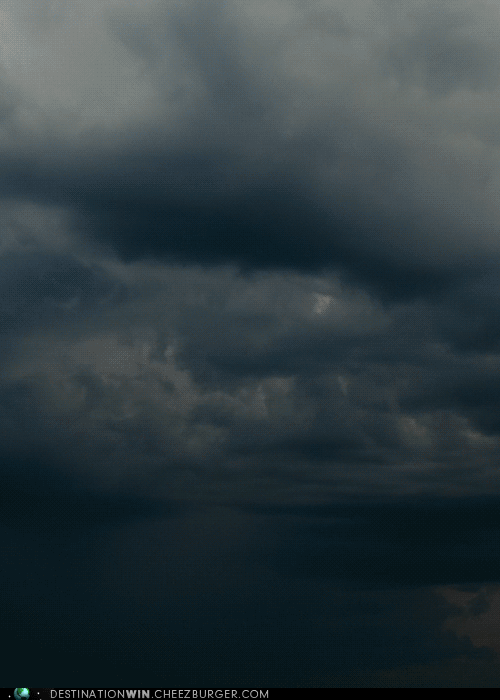 Well-Timed Easter Sunshine - Lightning Facts
Well-Timed Easter Sunshine - Lightning FactsFriday's
lightning-related injuries at a paintball park in Hudson, Wisconsin
were a stark reminder that storm season is upon us. Every thunderstorm,
by definition, is potentially deadly, with cloud to ground lightning,
striking the U.S. roughly 25 million times a year.
An average of 75 to 100 Americans are killed by lightning every year; hundreds injured; many with lifelong disabilities.
Most
of these injuries are ultimately avoidable. The first growl of thunder
signals it's time to move inside: a home or vehicle offers the best
protection. Avoid fields, golf courses and lakes.
Remember the
"30-30 Rule"; if you count 30 seconds between the flash and the bang,
it's time to race indoors. Wait 30 minutes after the last rumble of
thunder to resume outdoor plans. Don't push your luck.
By the way, research suggests a 12 percent increase in lightning for
every 1C rise in temperature. It pays to be weather-vigilant.
The sun
returns today with mid-60s and a drop in humidity. Showers pop up over
northern Minnesota but the MSP metro should stay dry. More showers and
storms arrive Tuesday.
Happy Easter!
Will Warming Temperatures Bring More Lightning. New research suggests a correlation; here's a summary from
WXshift: "...
The
large, long-term dataset constructed from these instruments could also
help scientists understand any links between severe storms and climate
change. A study published in 2014 found that for every degree Celsius of
global temperature rise, we could see a 12 percent increase in
lightning rates, leading to a 50 percent increase by the end of the
century. “To the extent that warm years now look like normal years in
the future, that might tell us something about how we might expect
lightning to change in the future from the current average,” Brooks
said. And as lightning from these storms increases, it seems possible
that climate change will have parallel effects on other dangerous
aspects of severe storms, since some research suggests that a warmer
climate will be a better breeding ground for severe storms. Some research has found that in recent decades, more severe tornado outbreaks have occurred over fewer days..."
File image from low-Earth orbit: NASA and the International Space Station.
Lightning Favors Men.
Why is this? It's true that more men work outdoors in construction,
agriculture and energy services, but could it be that men are also more
stubborn than women? Not sure - you can prove anything with statistics, I
guess.
Good Reason To Get Off The Lake When Storms Begin to Grumble.
Over a third of all U.S. lightning fatalities from 2006 through 2013
were water-related. Granted, that's a fairly short time period to glean
meaningful data, but there's little doubt that a significant percentage
of lightning deaths and injuries occur in fields and on or near lakes
and other bodies of water. You don't want to be the tallest thing in the
area - lightning is lazy; looking for the easiest path from cloud to
ground. Source: NOAA.
 Lightning Round-Up: The World's Weirdest Electricity
Lightning Round-Up: The World's Weirdest Electricity.
New Scientist has a good summary of some of the new and exotic forms of lightning discovered in recent years, including sprites: "..
Once
thought to be a myth, sprites are fleeting flashes of red light high
above thunderclouds that look like giant jellyfish. These collections of
“streamers”, formed of ribbons of ionised air, are believed to be
produced by the strong electric fields generated in the upper atmosphere
when lightning is born, but we don’t yet understand exactly how they
form..."
Image credit: JSC/NASA.
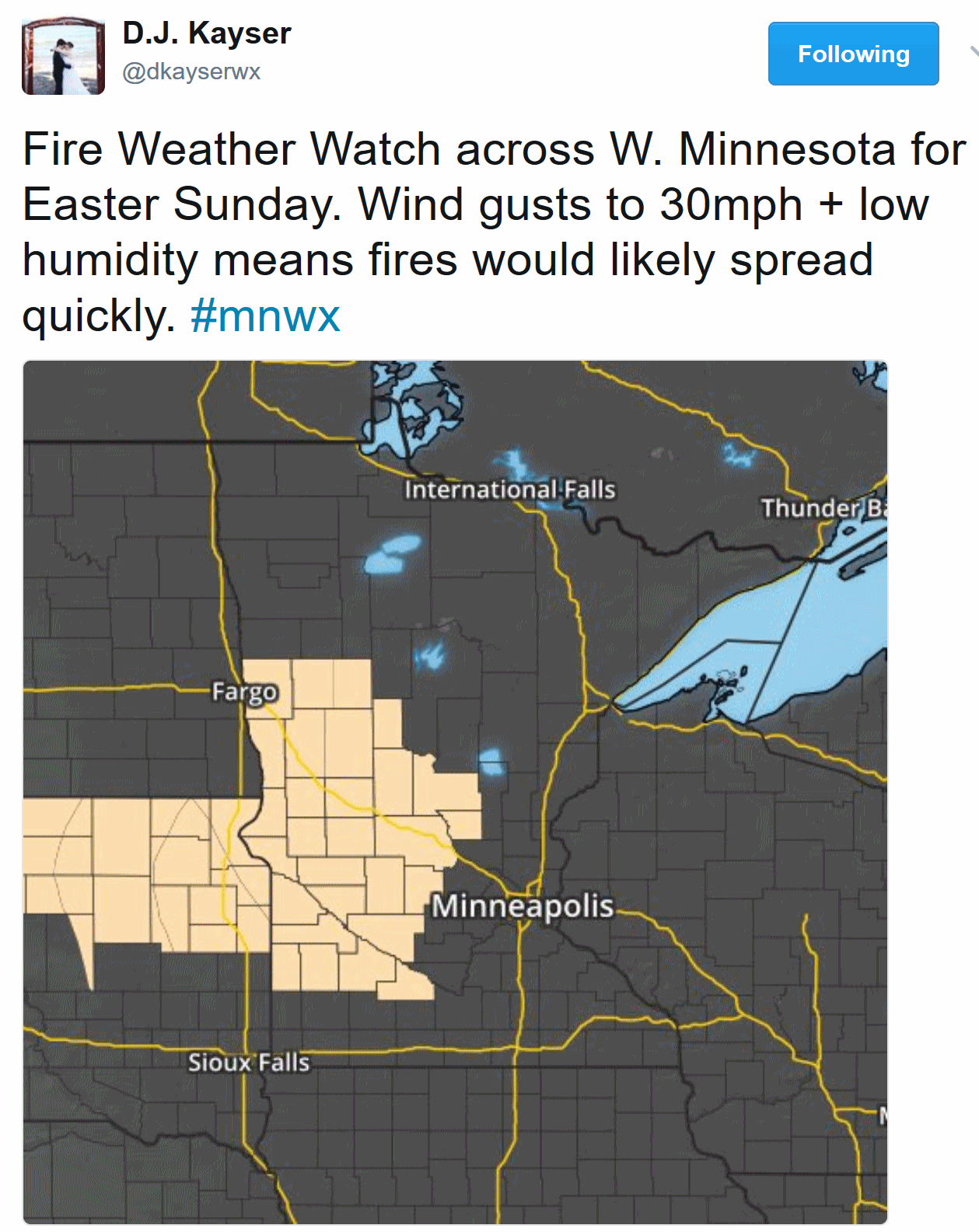
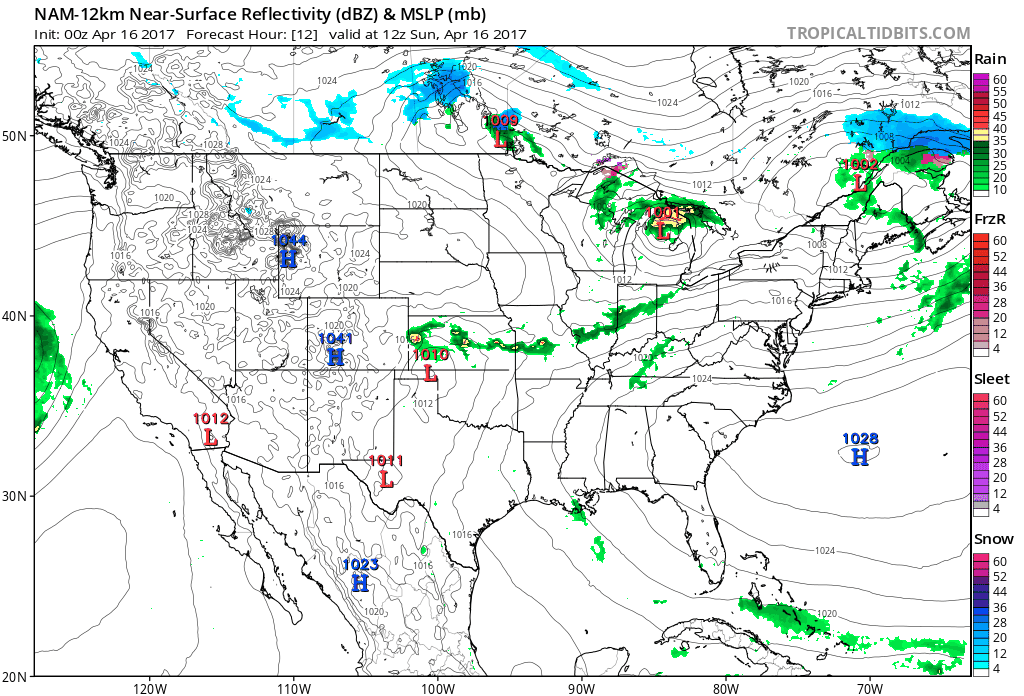 Semi-Respectable Easter Sunday
Semi-Respectable Easter Sunday.
The Upper Midwest dries out behind a sloppy cool front; a band of
showers and T-storms pushing across the Ohio Valley and Mid South. A few
strong to severe T-storms may flare up over Texas and Oklahoma.
Meanwhile California braces for another round of rain showers and heavy
mountain snows. Like 63 feet of snow isn't enough. NAM guidance:
Tropicaltidbits.com.
7-Day Rainfall Potential.
Here's is NOAA's latest rainfall estimate looking out a week, showing
the axis of heaviest rain from near Tulsa to Kansas City, Dubuque and
Green Bay, where some 3-5" amounts are predicted. A wet bias continues
for most of the USA as far ahead as I dare look.
Slight Cooling Trend.
No cold fronts looming on the northern horizon, but temperatures sink
back down to "average" with highs in the mid 50s to near 60F looking out
15 days. Have we seen our last freezing low in the metro? Probably, but
I still wouldn't plan annuals until after Mother's Day. ECMWF numbers
for the Twin Cities: WeatherBell.
Mild Bias Eastern Two-Thirds of America.
GFS ensembles continue to trend cooler and wetter for the west coast
and Rockies, but ridging over the eastern half of the USA with
temperatures significantly warmer than average.
May Temperature Outlook.
NOAA's CFSv2 model for May temperatures shows a warm anomaly (big
surprise) for much of the USA, with the exception of California and
Montana. Map: WeatherBell.
 Remembering Minnesota's Deadliest Tornado
Remembering Minnesota's Deadliest Tornado
On April 14, 1886 residents of St. Cloud and Sauk Rapids woke up to
unimaginable damage and carnage with 72 lives lost. 80 percent of homes
in Sauk Rapids were leveled by a wedge tornado the size of 8 football
fields. The Mississippi River was temporarily "sucked dry" by the
massive funnel. In the words of the
Minneapolis Tribune:
"This place was today the scene of the most terrible calamity that has
ever visited the Northwest." There's a perception that tornadoes only
hit farms, and cities are somehow immune - or that they can't cross
rivers. Avoid fake tornado news, rumors and gossip.
April 15, 1886: St. Cloud, Sauk Rapids in Ruins.
Here's an excerpt of a good explainer of the massive tornado that
destroyed much of central Minnesota on that fateful day 131 years ago,
courtesy of
Star Tribune: "
Minneapolis
Tribune copy editors of 1886 faced a challenge beyond anything we
encounter in today’s newsrooms. Day in, day out, the big story on page
one required a half-dozen or more subheadlines. Let’s give it up for the
anonymous craftsman who managed to write 13 dramatic and informative
subheds for the story below. At the same time, he could have done a
better job editing the story, which is filled with overwrought prose,
tangled syntax and contradictory assertions. My favorite is the writer’s
habit of saying a scene is impossible or “too piteous” to describe —
and then describing it in great detail. Must be an 1880s thing. Which is
not to say that the tornado that hit St. Cloud and Sauk Rapids
on April 14, 1886, was anything but a disaster of historic proportions.
It is the deadliest tornado in Minnesota history. More than 70 people
were killed, and Sauk Rapids was all but blown off the map..."
Photo credit: "
The tornado flattened much of Sauk Rapids." (Photo courtesy
mnhs.org).
Texas Panhandle Severe T-storm and GOES-16. Check out the 1-minute visible imagery from the latest, greatest weather satellite, courtesy of
Satellite Liaison Blog: "
On
April 14, a severe storm developed rapidly near Clovis, NM and slowly
moved east into the southwest portion of the Texas Panhandle. This storm
quickly produced hail in excess of 2.5 inches, and by 2305 UTC, had
produced a tornado. Finally, given the slow motion of the severe storm,
flash flooding became a hazard as well. GOES-16 mesoscale sector #2
provided 1-min imagery of storm development and evolution. Below is a
1-min, 0.64 um visible (0.5 km) animation of the storm between 2309 and
2359 UTC, during which a large tornado was reported. Given the proximity
to sunset, storm top features such as overshooting tops and above anvil
cirrus plumes are especially evident. The persistent overshooting tops
(dome features with adjacent shadow to east) suggest a persistently
strong updraft, potential severe weather, and heavy precip threat. Above
anvil cirrus plumes (smooth feature downwind of overshooting top) are
also indicators of strong updrafts, and occur when overshooting tops
extending well above the tropopause inject moisture into the
stratosphere. Additionally, the rapid expansion of the cirrus anvil
signals continued storm growth..."
Graphic credit: "
GOES-16 0.64 um imagery at 1-min temporal resolution." Full resolution:
https://satelliteliaisonblog.files.wordpress.com/2017/04/20170414_vis_anno.gif
To Save Lives, Supercomputer Dive Into the Hearts of Nature's Worst Tornadoes. Here's a link to a fascinating story (and video) at
PBS NewsHour: "...
He and his team use Blue Waters
— one of the most powerful supercomputers in the world — to run many of
their models. This spring, the group released the most detailed
simulations ever of an EF-5 tornado, the same brand of high-powered
storm that struck El Reno, Oklahoma,
with deadly force in 2011. Together, their simulations reveal two
tornado development features: a horizontal tube of air known as a
“streamwise vorticity current” that helps initiate and maintain twisters
and a parade of vortexes — called “misocyclones”– that both anchor and
spin a tornado after it forms..."
Image credit: "
The
streamwise vorticity current, depicted in yellow in this supercomputer
simulation, seems to be important to maintaining the strength of a
tornado." Photo courtesy of David Bock/NCSA.
Drought Outlook.
Dry conditions are forecast to improve in the coming weeks from the
east coast into the Mid South, but drought is forecast to persist from
near Oklahoma City to Denver into the Texas Panhandle. No drought for
the west coast. No kidding. Drought forecast into late June:
NOAA Climate Prediction Center.
"Worst Flooding in Decades" in Northeast Washington State as Flood Season Begins. Details via
The Yakima Herald: "
What
has been described “as the worst flooding in decades” in Ferry County
in northeastern Washington has upended roads, slid a home into a
riverbank and resulted in numerous mudslides. In
one incident, said Amy Rooker, the county’s emergency manager, “We had a
gentleman driving south on Highway 21 towards Keller when he noticed
that half the road was gone. He flew across the road and ended up in a
yard of a house.” On its official website,
the county, population 7,700, says about itself: “Often described as
one of the last frontiers of the American West, Ferry County combines a
rugged mountain environment dominated by mining and logging industries
with the breathtaking beauty of a wilderness retreat...”
Photo credit: Ferry County Sheriff's Office.
River Flooding Update.
NOAA has great online tools to keep tabs on nearby rivers that may be
about to flood. As of Friday minor flooding was reported in upstate New
York, moderate to major flooding from Lower Michigan into central
Illinois. Source:
NWS North Central River Forecast Center.
It's Like It Never Left: Another El Nino May Be On The Way. Here's a clip from a
New York Times summary: "...
Mike
Halpert, deputy director of NOAA's Climate Prediction Center in College
Park, Md., said that since climate scientists have been studying the
phenomenon, a swing from El Nino to La Nina and back to El Nino in such a
short time - about three years - has happened only once, in the 1960s.
El Nino forecasts are based on computer models of the global climate.
Mr. Halpert said those models were somewhat at odds with the conditions
forecasters were observing..."
Photo credit: "
Flooding in Asuncion, Paraguay, brought on by the strong El Nino in 2016." Andres Cristaldo/European Pressphoto Agency.
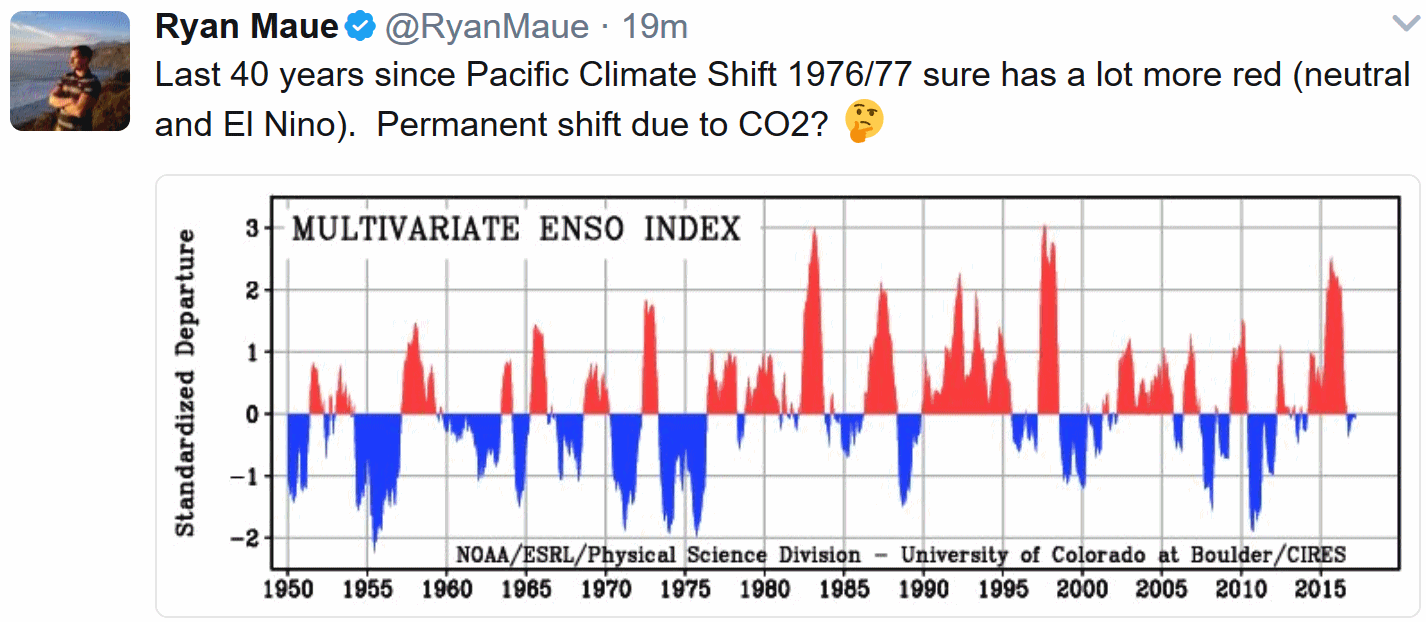
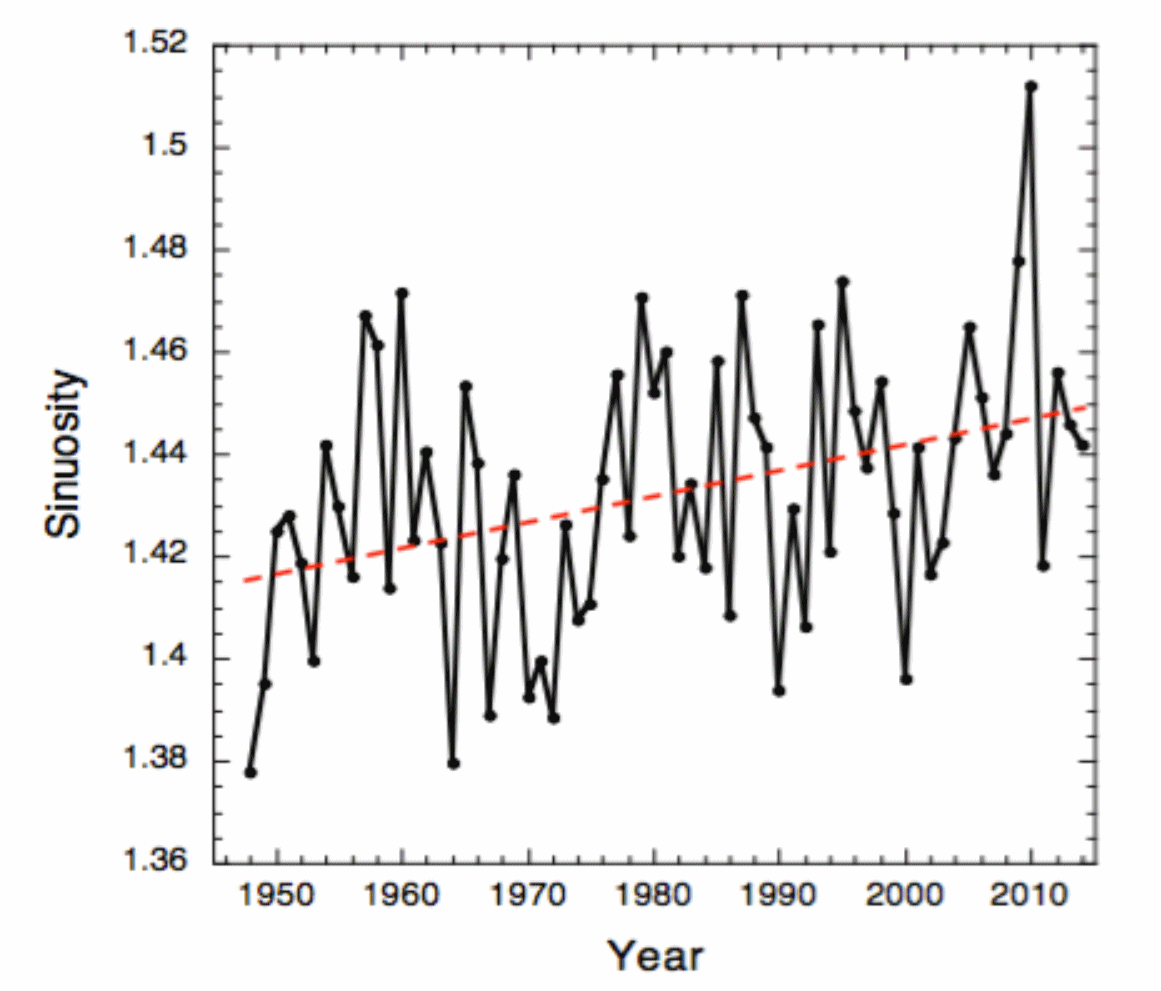 How Disappearing Arctic Ice is Already Changing Your Weather
How Disappearing Arctic Ice is Already Changing Your Weather.
We've been sprinkling hot sauce on our ice cream sundae, then acting
surprised when the weather tastes odd. I've been talking about this for
nearly 20 years and it would appear that the symptoms are becoming more
apparent over time. Here's an excerpt from meteorologist Dan Satterfield
at
AGU Blogosphere: "...
Is
Arctic amplification already altering the jet stream? That’s the big
question and one of the first scientists to try and answer it was my
friend Dr Jennifer Francis at Rutgers University. The wind flow aloft
should be getting weaker and it should be more “curvy”. Dr Francis and
5 co-authors have a paper in an upcoming issue of the AMS Journal of
Climate that shows that this indeed the case. The atmospheric flow is
becoming wavier, and not only that, the newest climate models predict
that it should be happening as the ice and snow disappear in the north.
These models also show that it will all get dramatically worse by the
end of this century as major changes develop in our weather patterns
over North America. It looks like the wheat and corn belt in the Plains
will be hit the hardest with much hotter and drier conditions, while
winters may actually bring even stranger weather as blocks form and persist..."
Graphic credit: "The “curviness” of the winds aloft is indeed increasing as expected." From:
Changes in North American Atmospheric Circulation and Extreme Weather:
Influence of Arctic Amplification and Northern Hemisphere Snow Cover Stephen J. Vavrus, Fuyao Wang, Jonathan E. Martin, Jennifer A. Francis, Yannick Peings, and Julien Cattiaux.
After 63 Feet of Snow, Northern California Mountains Break Record for Wettest Water Year. A number so staggeringly-big it doesn't even compute. Jason Samenow reports at
Capital Weather Gang: "
A
mind-boggling 751 inches of snow have pummeled the Sugar Bowl ski area
near Lake Tahoe this winter. It’s emblematic of a record season for
precipitation in California’s northern Sierra Nevada mountain range, and
the abrupt end to a historic drought. As of Thursday morning, the
northern Sierra had achieved its wettest water year in recorded history,
the National Weather Service office in Sacramento announced..."
Photo credit: "
Frank
Gehrke, right, chief of the California Cooperative Snow Surveys program
for the Department of Water Resources, lifts a survey tube out of the
snow during a manual survey at Phillips Station near Echo Summit,
Calif., on March 30." (Rich Pedroncelli/Associated Press).
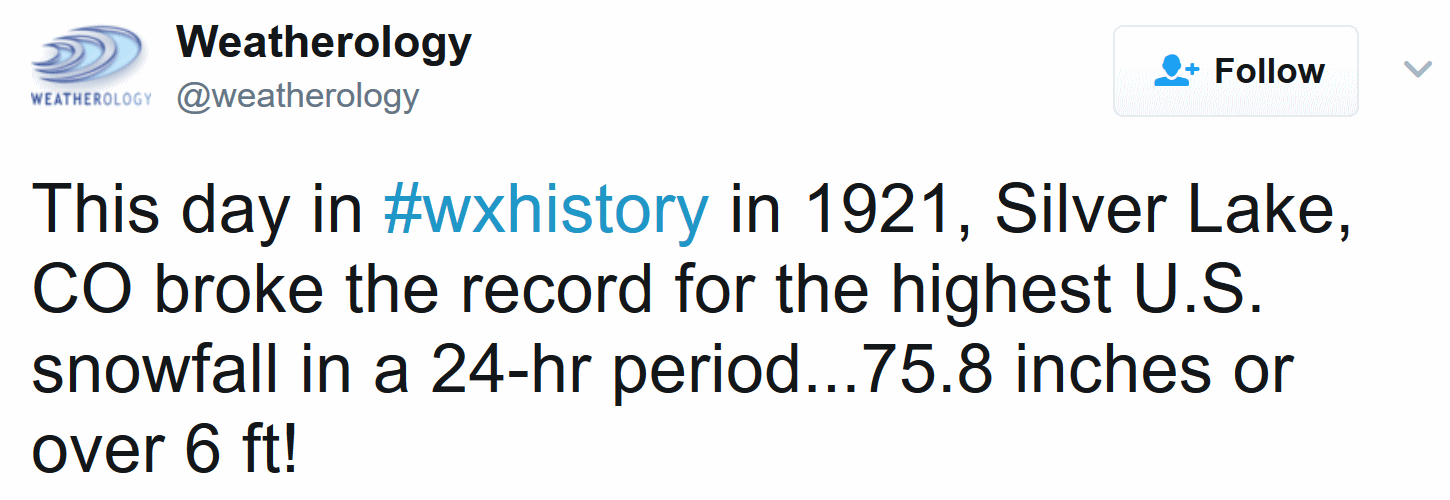
Big Sur, California Still Cut Off From Rest of the World.
The Washington Post reports on the aftermath of a series of punishing storms that has effectively isolated this coastal community: "...
The
“island” of Big Sur — for that’s what this iconic stretch of coastline
has become — is entering its ninth week of nearly total isolation,
thanks to punishing winter storms, landslides and a failed bridge. The
rain ended California’s five-year drought, but it left 45 miles of
Highway 1 cut off from the rest of California, with few services for the
450 men, women and children who live here. That means no mail delivery,
a limited supply of gasoline, and a single deli where you can buy eggs.
Even the resident monks have been forced to pass around the modern-day
collection plate known as GoFundMe to help repair the road leading to
their monastery..."
Photo credit: "
Maria
Placencia and her husband, Jesus Mora, follow their children across the
storm-damaged Highway 1 Pfeiffer Canyon Bridge on the way to their home
in Big Sur, Calif., in February." (David Royal/Monterey Herald via AP)
 Smoke-nado?
Smoke-nado? Check out the footage of a smoke-whirlwind, triggered by intense updrafts sparked by wildfires in Nebraska. Video courtesy of
Twitter and WeatherNation.

Worst Wildfire Season in Years Prompts a State of Emergency in Florida.
PBS NewsHour has details: "
Florida
has entered a state of emergency as firefighters battle more than 100
wildfires that are raging throughout more than 20,000 acres in the state
— from the northern border, to the Panhandle, to the southern tip. Gov.
Rick Scott issued the state of emergency order
Tuesday, allowing regional and local agencies to redirect their
personnel to fight the wildfires and enlisting the help of the Florida
National Guard. The order also puts Florida in a position to receive
assistance from the federal government. State officials say less than a
month into the spring season, large swaths of South and Central Florida
are approaching drought-like conditions..."
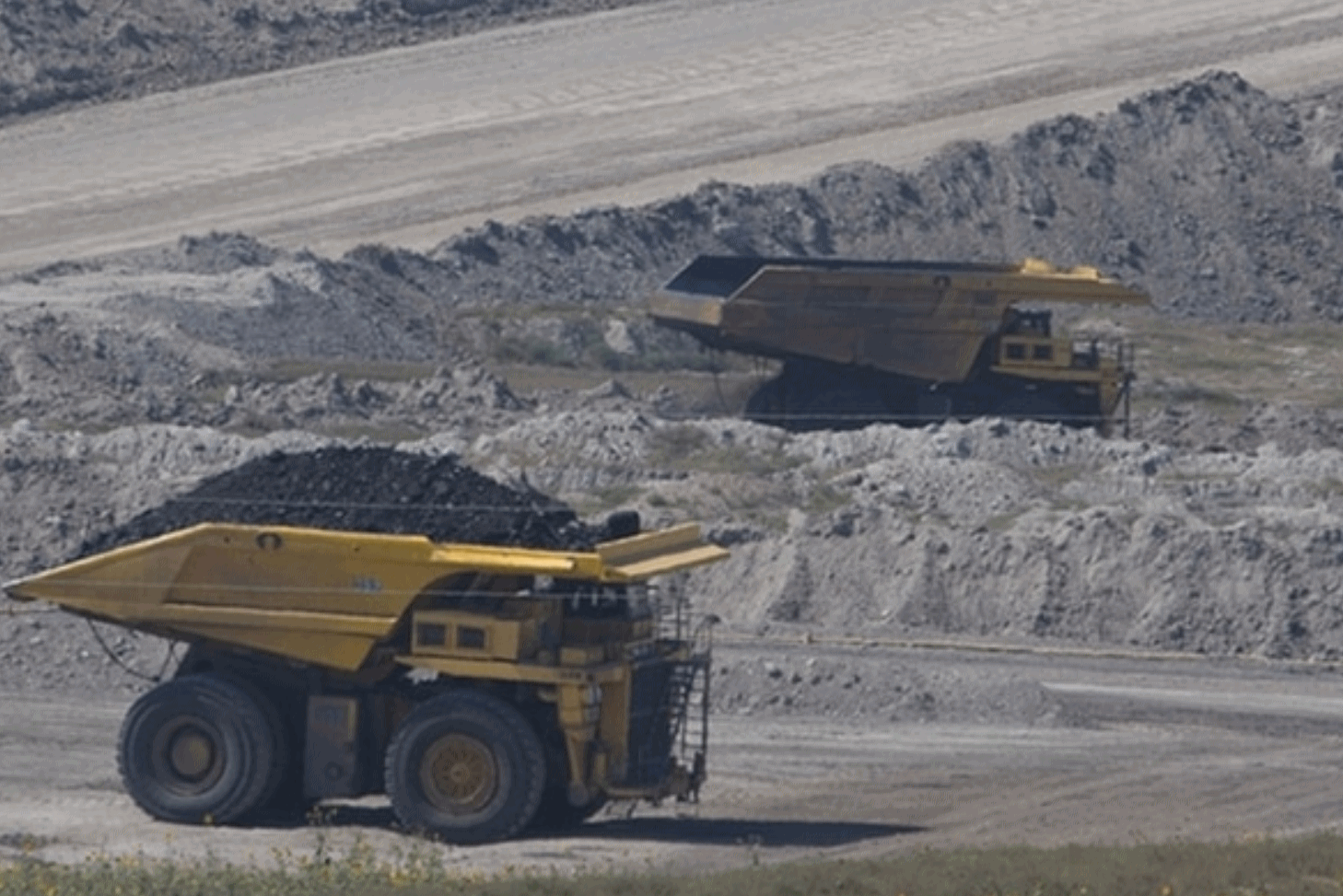 Americans Used a Lot Less Coal in 2016.
Americans Used a Lot Less Coal in 2016. Details from Climate Central and
Scientific American: "
Coal
in the U.S. is like landline telephones and fax machines — it was
everywhere decades ago, but tastes, technology and the market have moved
on. So it was little surprise when the federal government reported this week
that U.S. coal use fell 9 percent in 2016, even as Americans consumed
more energy overall. The U.S. used more natural gas and renewables last
year than ever before, while oil use and even nuclear power were on the
rise, too. But coal? Not so much. Coal use fell last year for the third year in a row — after slight increases in 2012 and 2013 — and has been steadily declining in the U.S. since it peaked a decade ago, according to U.S. Energy Information Administration data..."
Photo credit:
Kimon Berlin Flickr (CC BY-SA 2.0)
Kentucky Miners Paying With Their Lungs. Here's an excerpt of an Op-Ed focused on black lung disease at
Lexington Herald Leader: "...
At
a time when the coal industry is being promised less regulation, the
resurgence of black lung among Kentucky coal miners is even worse than
previously thought. A federal epidemiologist recently said that
Pike County is “the epicenter of one of the largest industrial medicine
disasters that the United States has ever seen.” Dr. Scott Laney, who
spoke recently to medical students at Pikeville University, co-authored a
study
published last December that identified a large cluster of the most
severe form of black lung, known as progressive massive fibrosis, in
Southeastern Kentucky..."
Photo credit: "
A rally April 8 in Pikeville raised awareness of the upsurge in black lung among Kentucky coal miners." Chandler Markie WYMT, Mountain News.
Read more here: http://www.kentucky.com/opinion/editorials/article144283209.html#storylink=cpy
Read more here: http://www.kentucky.com/opinion/editorials/article144283209.html#storylink=cpy
 Tech World Ignores DC and Doubles-Down on Renewables
Tech World Ignores DC and Doubles-Down on Renewables. Climate Nexus has the overview and links: "
As
Trump doubles down on coal, some of the country's largest tech
companies are forging ahead with their own plans to reduce emissions and
use renewable energy. Cloud computing company Salesforce said Thursday
it has achieved net zero carbon emissions in its direct operations and
will provide a "carbon neutral cloud" for its customers by offsetting
indirect emissions along its supply chain. Apple announced Thursday
that seven of its suppliers have now pledged to use 100 percent
renewable energy. And Microsoft made an agreement this week to bypass
Washington's largest private utility to buy clean power. The tentative
arrangement with Puget Sound Energy, which sources 60 percent of its
energy from fossil fuels, will allow Microsoft to purchase wind, solar
and hydroelectric power from other electricity suppliers." Salesforce: Mashable, SF Gate. Apple: Bloomberg.
Microsoft: Seattle Times

 Solar Installers Struggle as Panels Become Cheap Enough to Own. Falling prices are good for consumers (and companies) but not so good for professional installers, according to The Wall Street Journal: "Solar
panels are more affordable than ever for U.S. homeowners, and that is
bad news for the biggest players in the industry. The price of solar
panels dropped by 20% in the past year thanks in part to a global glut
of panels and better technology, according to GTM Research, accelerating
a shift among homeowners to buy panels rather than lease them. For a
six-kilowatt residential array, the average price fell 17% to $17,340,
according to GTM. More than half of U.S. homeowners now buy their panels
with cash or a loan, rather than sign a lease or power purchase
agreement, up from 38% of home installations in 2015
Solar Installers Struggle as Panels Become Cheap Enough to Own. Falling prices are good for consumers (and companies) but not so good for professional installers, according to The Wall Street Journal: "Solar
panels are more affordable than ever for U.S. homeowners, and that is
bad news for the biggest players in the industry. The price of solar
panels dropped by 20% in the past year thanks in part to a global glut
of panels and better technology, according to GTM Research, accelerating
a shift among homeowners to buy panels rather than lease them. For a
six-kilowatt residential array, the average price fell 17% to $17,340,
according to GTM. More than half of U.S. homeowners now buy their panels
with cash or a loan, rather than sign a lease or power purchase
agreement, up from 38% of home installations in 2015..." (File image: Greentech Media).
Electric Ride Mowers?
Why not - fewer moving parts, no messing around with gas and oil, just
plug it in when you want to recharge. I saw this at Home Depot yesterday
and did a double-take. I need one of these.
Your Farm Is Trying to Kill You. I knew it was a dangerous profession but idea how many threats were lurking out there. Here are a couple of excerpts from
The Agenda at Politico: "...
Farming
is one of the most dangerous occupations in America, with 22 of every
100,000 farmers dying in a work-related accident. Farmers are nearly
twice as likely to die on the job as police officers are, five times as
likely as firefighters, and 73 times as likely as Wall Street
bankers...Farming death rates may be high, but the injury rates are even
higher. In 2014, the most recent year for which data are available, the Centers for Disease Control and Prevention estimated there were 58,000
adult farm injuries — nearly 6,000 more than the number of U.S.
soldiers wounded in all the years since 9/11. Many of those injuries
last a lifetime, driving up disability rates among rural Americans, who
are 50 percent more likely
to have some form of disability than their urban counterparts. Also
contributing are high rates of injury in other professions rooted in
rural areas, including logging, fishing and trucking..."
Image credit: Edmon de Haro for POLITICO.
EASTER SUNDAY: Sunny, breezy, mild - showers up north. Winds: W 10-20. High: 66
SUNDAY NIGHT: Partly cloudy. Low: 43
MONDAY: Plenty of sun, still pleasant. Winds: N 7-12. High: 63
TUESDAY: Showers likely, possible thunder. Winds: S 10-20. Wake-up: 48. High: 61
WEDNESDAY: Some AM sun, showers arrive late. Winds: E 10-15. Wake-up: 42. High: 57
THURSDAY: Cool and unsettled, showery rains. Winds: NE 10-20. Wake-up: 43. High: 52
FRIDAY: More clouds than sun, cool breeze. Winds: NE 10-15. Wake-up: 39. High: 57
SATURDAY: Partly sunny, so far so good. Winds: NE 7-12. Wake-up: 38. High: near 60
Climate Stories....
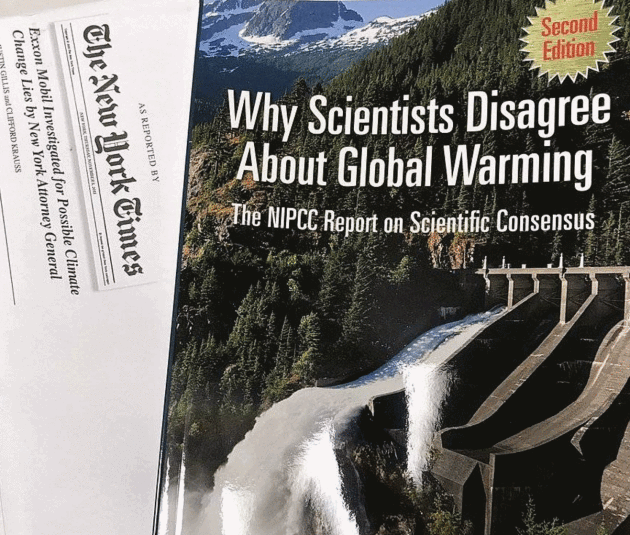
Educators Decry Conservative Group's Climate "Propaganda" Sent to Schoolteachers. Then again, consider the source,
The Heartland Institute,
the same group that equated people concerned about climate change with
the Unabomber, and assured us that smoking was safe. The very definition
of fake news. Here's an excerpt from
InsideClimate News: "
Science teachers and legislators are fighting back after a conservative advocacy organization mailed false information on climate science
to thousands of school science teachers nationwide. After the Heartland
Institute began a mass mailing of teaching materials denying the
scientific consensus on climate change,
lawmakers and teachers' organizations have raised the alarm over what
they characterize as propaganda disguised as information. "I am writing
to ask you to consider the possibility that the science in fact is not
'settled,'" Heartland Institute's Lennie Jarratt, manager for the
institute's Center for Transforming Education, wrote in a cover letter sent to the teachers accompanying the book, Why Scientists Disagree About Global Warming.
"If that's the case, then students would be better served by letting
them know a vibrant debate is taking place among scientists on how big
the human impact on climate is, and whether or not we should be worried
about it." These statements are false, as is the book's contention that the overwhelming majority of scientists do not agree on the manmade cause of global warming..."
Image credit: "The
Heartland Institute, a libertarian nonprofit organization, has sent
mailings discrediting the scientific consensus on climate change to
thousands of teachers nationwide." Credit: Rhett Allain via Twitter

Global Warming and Diabetes. Yes, there may be a link with rising temperatures. Here's an excerpt of a post at
Diabetes In Control: "
Diabetes
is on a rapid rise, with estimates of 642 million diabetes patients by
the year 2040, a 55% increase from 2015. Scientists have begun to
question whether the increasing global temperature could have any
correlation with diabetes incidence and glucose intolerance. Previous
studies have shown that exposing patients to a colder temperature for as
short as 10 days can improve insulin sensitivity due to activation of
brown adipose tissue (BAT). BAT, considered the body’s good fat, is
known to convert lipids into body heat..."
Better Estimates of Clouds' Climate Effects Are On The Horizon. Details via
Eos: "
The
water that makes up a cloud can exist as liquid droplets, ice crystals,
or a mixture of both phases. Cloud phase affects how much radiation
from the Sun reaches the ground, stays in the atmosphere, or makes its
way back into space;
all three influence Earth’s temperature. However, inadequate tools and
data have made it challenging for scientists to accurately incorporate
cloud phase into predictions of future climate. In a new study, Matus and L’Ecuyer
present a recent update to an algorithm for processing satellite data
that could make such predictions more accurate. They used the algorithm
to determine the influence of different cloud phases on solar radiation.
The results confirm that the mixture of liquid and ice in a cloud can
significantly influence how the cloud affects its environment..."
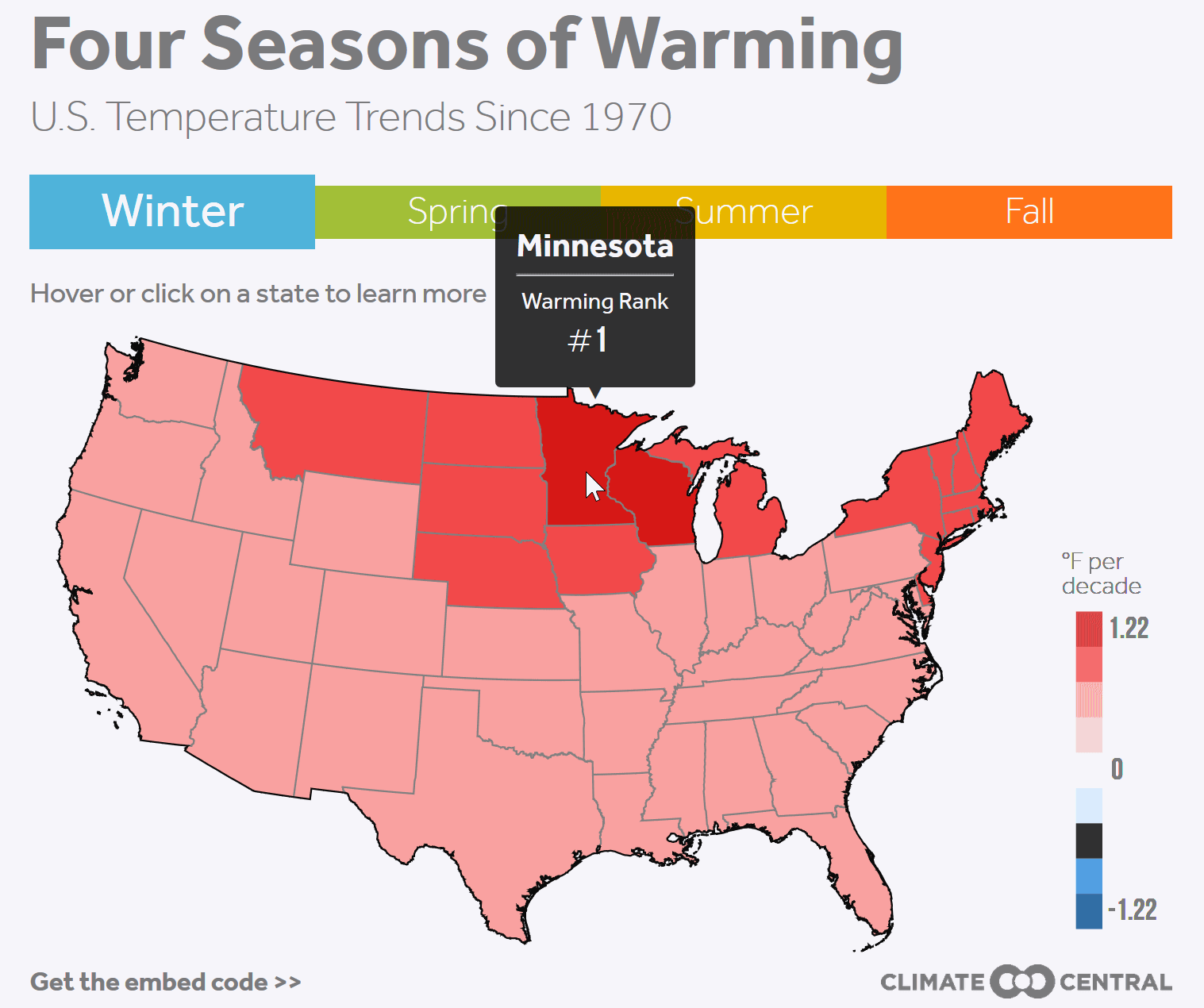 Four Seasons of Warming.
Four Seasons of Warming. During meteorological winter Minnesota is the fastest warming state in the USA, according to data compiled by
Climate Central: "
Climate
change is driving up the temperature around the year and around the
globe, but topography, weather patterns and snow cover — among other
factors — yield regional differences for warming. In the U.S., that
means winters are warming fastest from Montana to Florida, springs are
cranking up the quickest in the Southwest, and falls are feeling the
heat in the Northwest. Then there’s the Lone Star State as the lone
place where summer is warming the fastest. If you look at all four
seasons across all of the Lower 48 states — for a grand total of 192
state-season combinations — there are only three instances of cooling.
The Dakotas and Iowa are cooling ever so slightly in summer. Otherwise,
there’s only one direction temperatures have gone: up. Snow cover in
particular plays a role in why winters are heating up so fast from
Montana to North Carolina. Or more specifically, it’s a lack thereof..."
Where Climate Change is Threatening the Health of Americans. CNN.com has the story: "...
Sarfaty helped prepare a report, released last month by the Medical Society Consortium on Climate and Health,
that mapped how climate change threatens the health of people across
the United States and how those threats vary by region. Extreme
temperatures and weather events, poor outdoor air quality, contaminated
food and water, mosquito- and tick-borne infections, wildfires and
stresses on mental health are the climate-related health risks
identified in the report by practicing physicians. "There's a gap
between the public's understanding of the health implications of climate
change and physicians' understanding of the health implications of
climate change," Sarfaty said. "Most people are not aware that climate
change is a danger to their health, and physicians see that risk..."
In Generational Shift, College Republicans Poised to Reform Party on Climate Change. There will be a reboot of the GOP - mark my words. Here's an excerpt from
Reuters: "...
In
the U.S. Congress and in U.S. party politics, beliefs about climate
change often match party membership: Democrats believe it is a largely
man-made problem and something that needs urgent action, while a share
of Republicans – including President Donald Trump – have dismissed it as
anything from a natural phenomenon to a hoax.
But a younger generation of Republicans – those on college campuses
today – increasingly say they believe climate change is a human-caused
problem, and that Americans have a responsibility to act on it and
protect the environment, according to a Thomson Reuters Foundation
review of college Republican clubs across the United States.
That shift appears to be the result of a range of differences, not
least that most of the university students will be alive for many
decades after current Republican leaders are gone. That
period is expected to be a time of worsening climate change impacts,
from stronger droughts to sea level rise, unless there is urgent action
to address the problem..."
Photo credit: "Harvard University Republican Club members listen to a speaker at a meeting in Harvard Hall, September 6, 2016." Declan Garvey/Harvard Republican Club/Handout via Thomson Reuters Foundation.


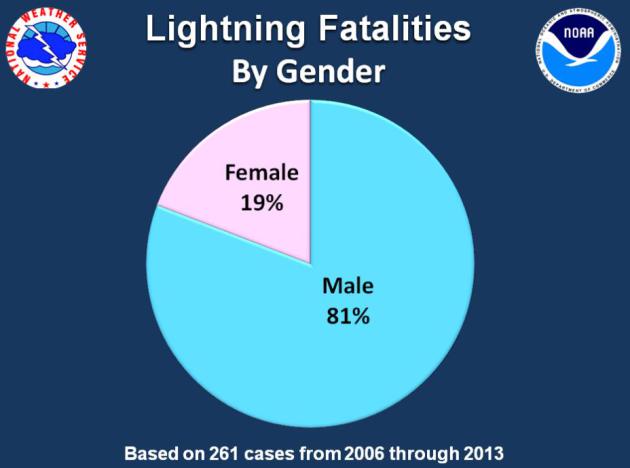
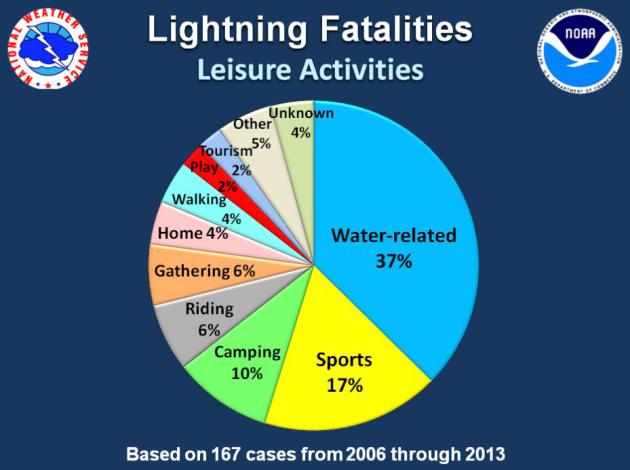

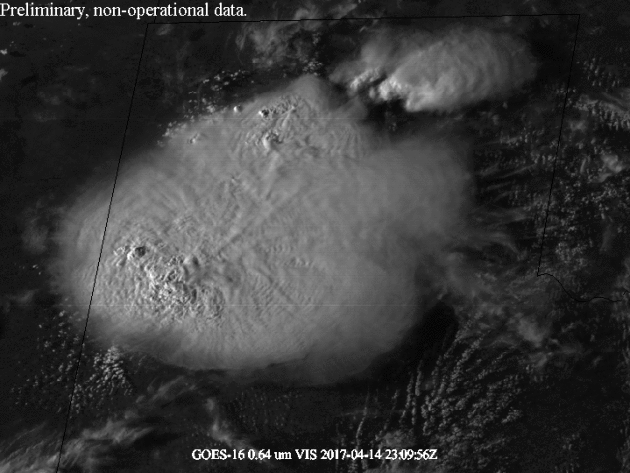

Daily weather forecasts for local radio stations. Cities has been a reporter for the public television show Almanac. To get more information Online pharmacy from online medicine store.
ReplyDelete